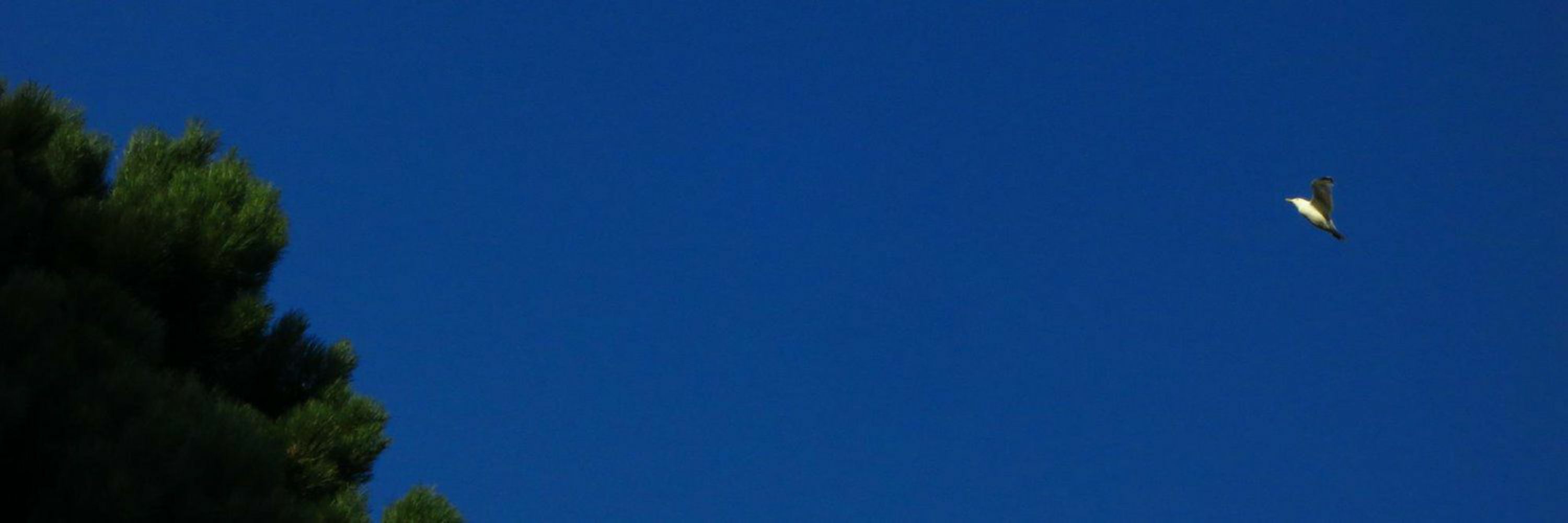Kate
@katef.bsky.social
4.6K followers
550 following
5.3K posts
she/her
If I unfollowed you, it's because you keep posting things without alt text
Posts
Media
Videos
Starter Packs
Kate
@katef.bsky.social
· 5h
Kate
@katef.bsky.social
· 5h
Kate
@katef.bsky.social
· 7h
Kate
@katef.bsky.social
· 9h
Kate
@katef.bsky.social
· 17h
Kate
@katef.bsky.social
· 17h
Kate
@katef.bsky.social
· 1d
Kate
@katef.bsky.social
· 1d
Kate
@katef.bsky.social
· 1d
Kate
@katef.bsky.social
· 1d
Kate
@katef.bsky.social
· 1d
Kate
@katef.bsky.social
· 1d
















